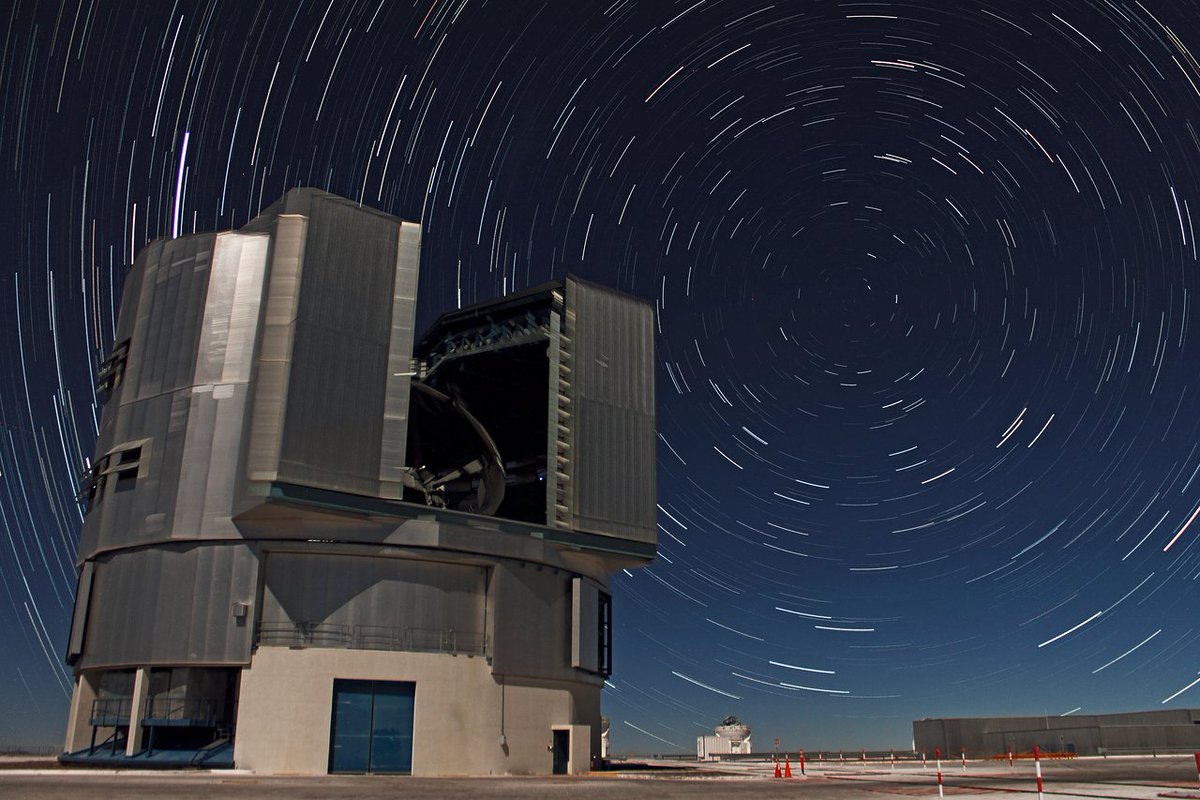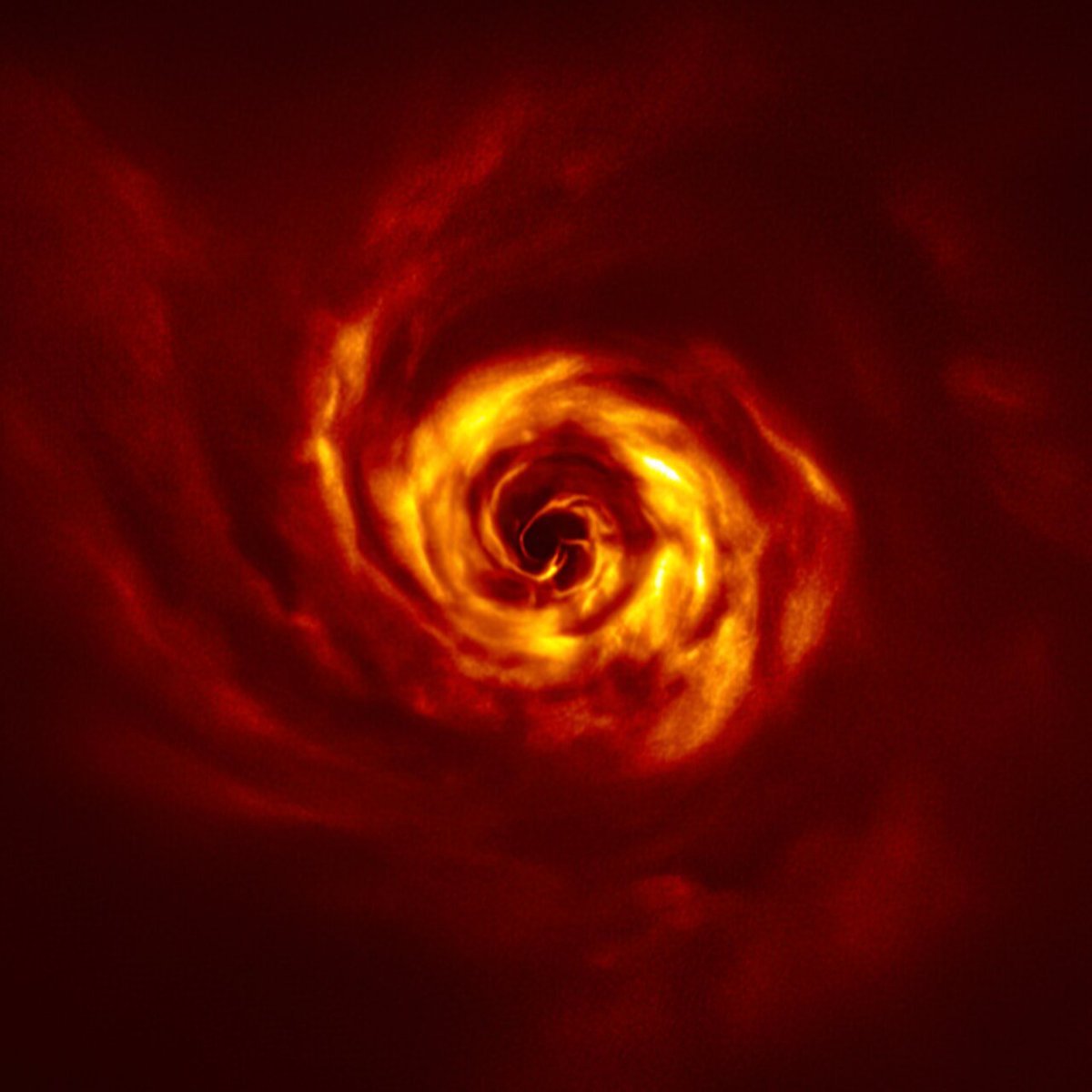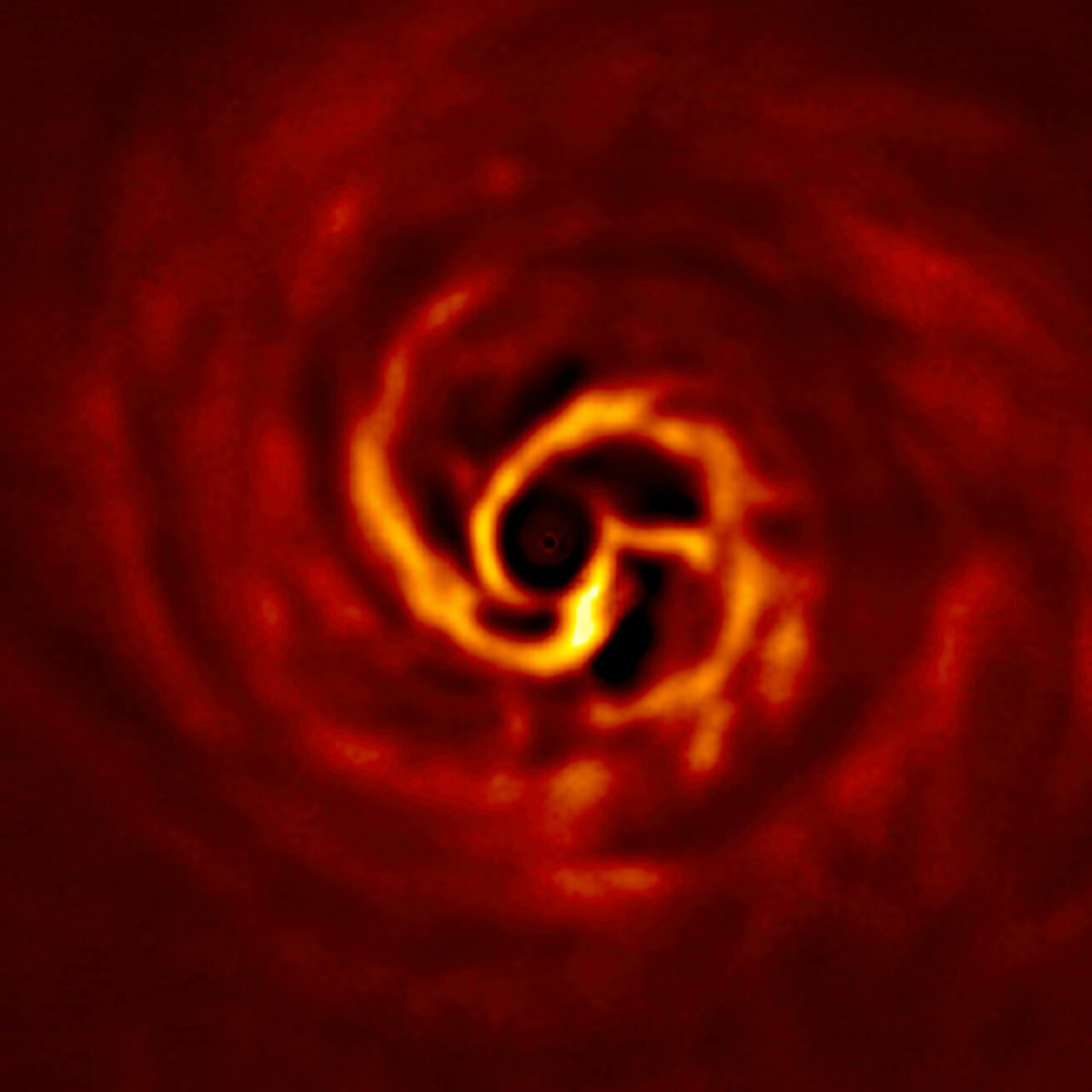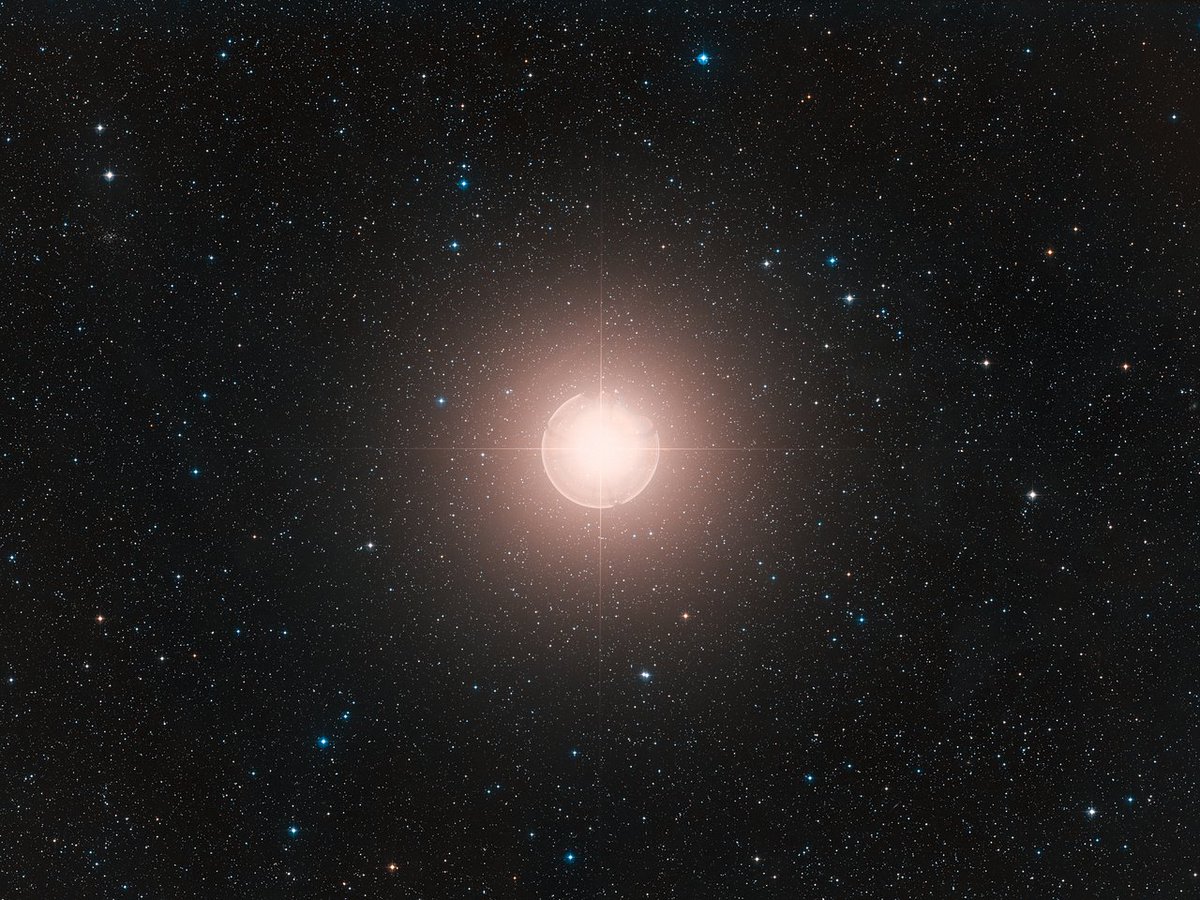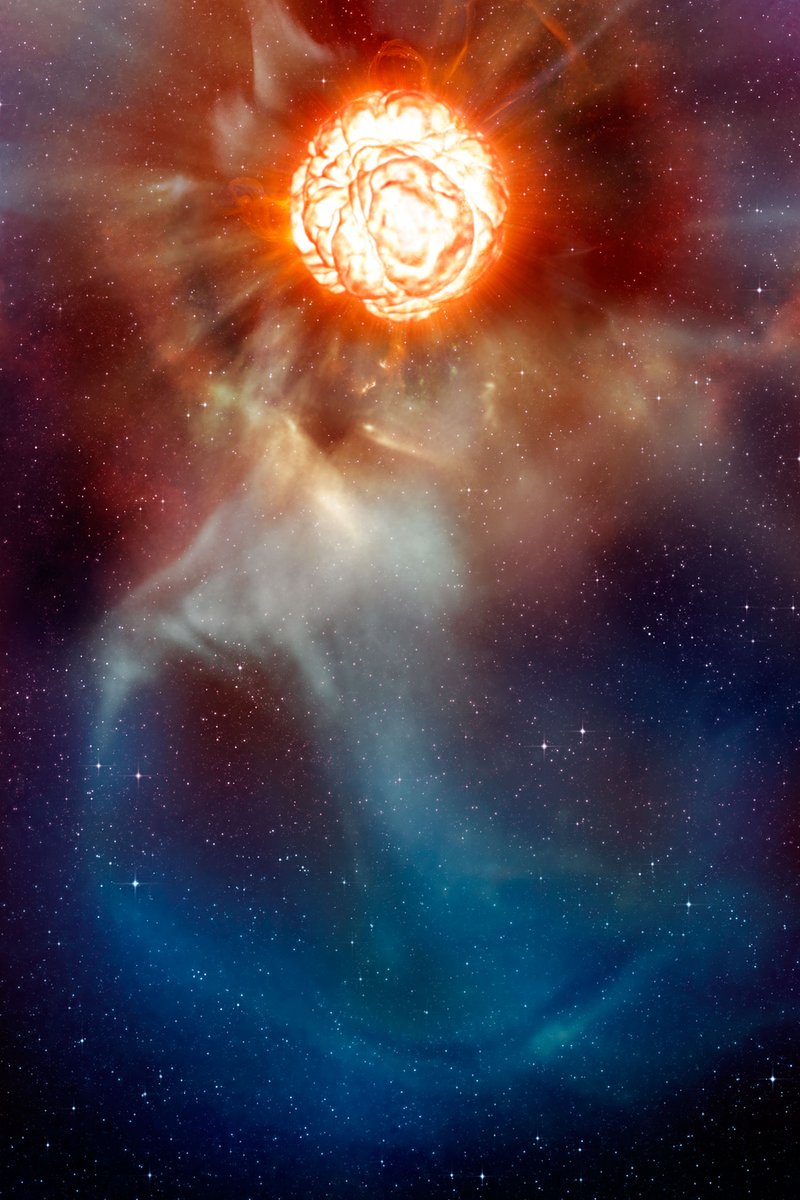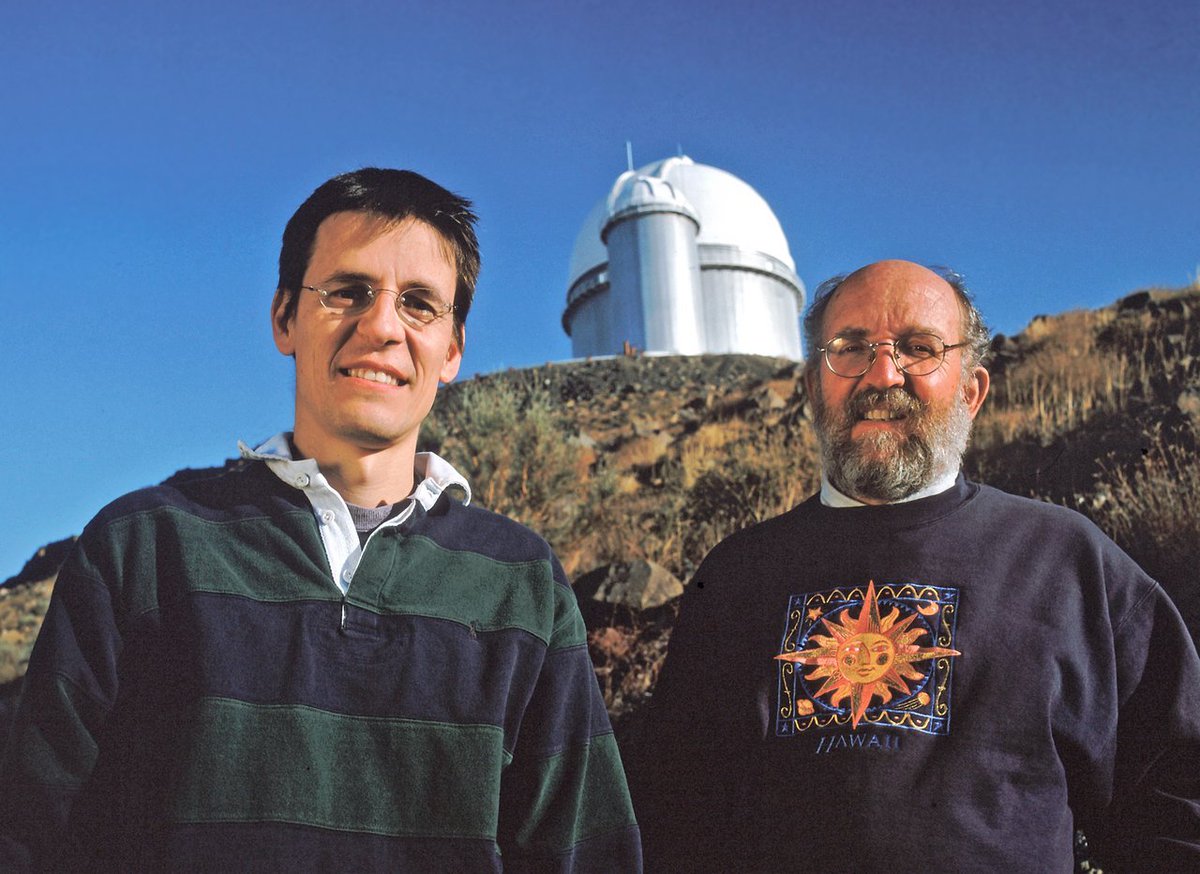
1/ It’s #ESOUsersDay, and we’d like to congratulate our colleague @cfmanara , astronomer at ESO in Garching, who has been awarded an @ERC_Research Starting Grant! #ERCStG His project will investigate the origin of the rings & asymmetric structures in protoplanetary discs. 
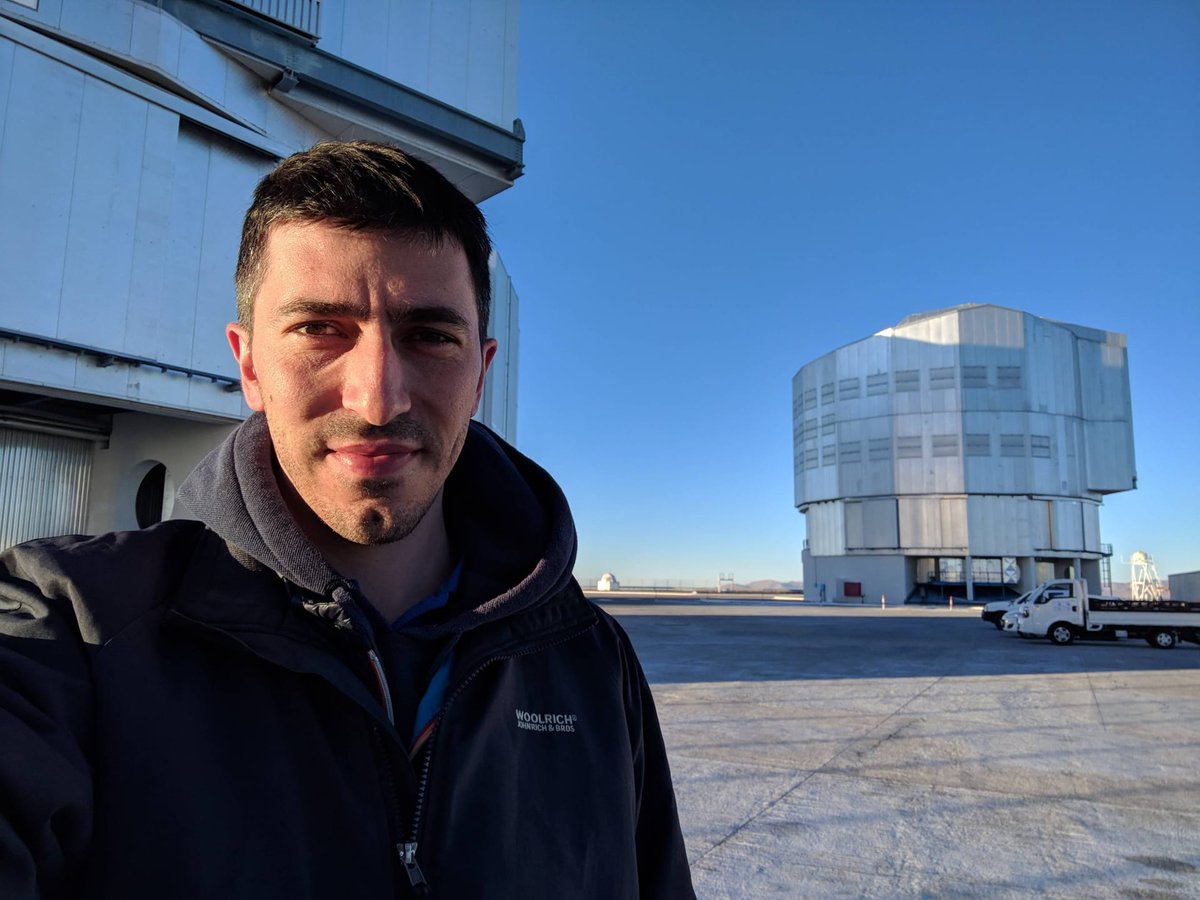
@cfmanara @ERC_Research 2/ His project uses VLT instruments like X-Shooter, ESPRESSO, UVES, CRIRES+, SPHERE & MUSE as well as @almaobs The goal is to study the signatures that planets and winds leave on discs, pushing current studies to distant and massive star-forming regions and preparing for the ELT
@cfmanara @ERC_Research @almaobs 3. Also, next week we restart our Hypatia Colloquium series! On Jan 18 at 15:00 CET, Laura Sommovigo ( @scuolanormale ) will talk about the dust temperature in high-z galaxies, and Leindert Boogaard ( @mpi_astro ) will focus on gold gas at 15:30.
Details: eso.org/sci/meetings/g…
Details: eso.org/sci/meetings/g…

That's of course *cold* gas, don't rush out there to mine for gold gas.
• • •
Missing some Tweet in this thread? You can try to
force a refresh







